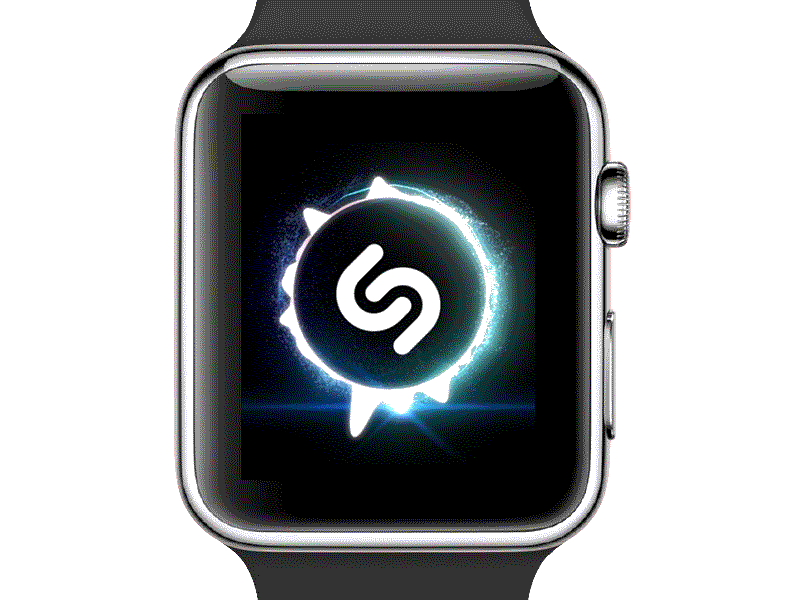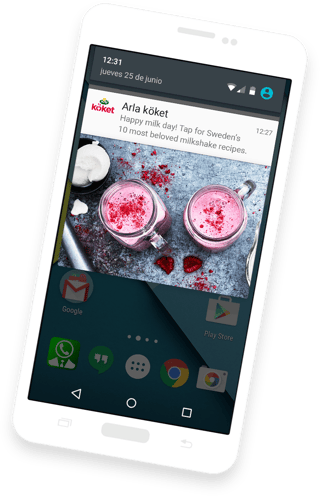When Twitter looked through their user data they found something interesting: Users who followed more than 30 people stuck around, the rest dropped out. What happened? The users had an AHA! moment. At around 30 people they suddenly “got” what Twitter was all about. All decent apps have their AHA! moment. During its design and conception, you have to guess it. But once you publish the app you can find it by measuring it.
You can easily solve one side of the retention problem by conducting a UX audit and use your findings to optimize the first time experience. Do everything you can to make the penny drop faster. In Twitter’s case, the solution was to give an intelligent recommendation on whom to follow so users quickly reached 30+.
AHA! is about meeting people’s expectations. WOW! is to beat them.
Out of the ballpark. The crucial thing is to do this in the right order. WOW! should happen after or at the same time as AHA! Never before. Tinder’s WOW! happens when you find a match. That’s after the AHA! moment – which is the famous tinder swipe. Shazam’s WOW! and AHA! moment coincide. It’s when the algorithm matches the song you hear. Still a work of magic and probably the single biggest reason why Apple acquired them for $400M last month.

Most apps lack strong WOW! moments. Twitter doesn’t have one. But they could: Say you’re a Liverpool fan signing up for Twitter. The onboarding of the app then suggests you to follow every player on the squad. All of a sudden the app lights up in red and you get inside the head of each player by their latest tweets. WOW!
According to Localytics – an analytics firm that tracks 37.000 apps across all categories says that there is another side of this coin – in fact, 65% of all users who returned to an app within the 30 days after the app’s initial download, had push enabled. Out of the users who did not have push enabled, only 19% of them returned the following month. By the third month, one-third of users with push enabled were still using the app, compared to only 11% of users who do not receive push messages.
Notifications have a dramatic effect on retention
Push notifications, if handled correctly, have a dramatic effect on an app’s ability to engage users. When comparing push notifications vs email, the former sees 50% better click-through rates in general. But, with knowledge comes power. As an app maker, use push messaging wisely. Push notifications triggered by individual user behaviours produce nine times the open rate of blasts sent immediately. Don’t make it go the way of email spam.

Take it from someone who built over 100 apps since 2009 – here are our best tips:
– Identify the right moment to ask for the opt-in
– Identify events in the app to trigger personalized notifications
– Bring good news and never stress the user with annoying stuff
– Never send the same message to all users
– Utilise rich notifications, far too few apps take opportunity of this
– Never, never notify the user more frequently than she uses the app
If you are in the app business or soon to be we suggest that you start taking the appropriate measures to propel your customer retention into app blockbuster proportions. Read more about this and other hard-won truths about creating the perfect app in our App Handbook. Get your own copy for free.